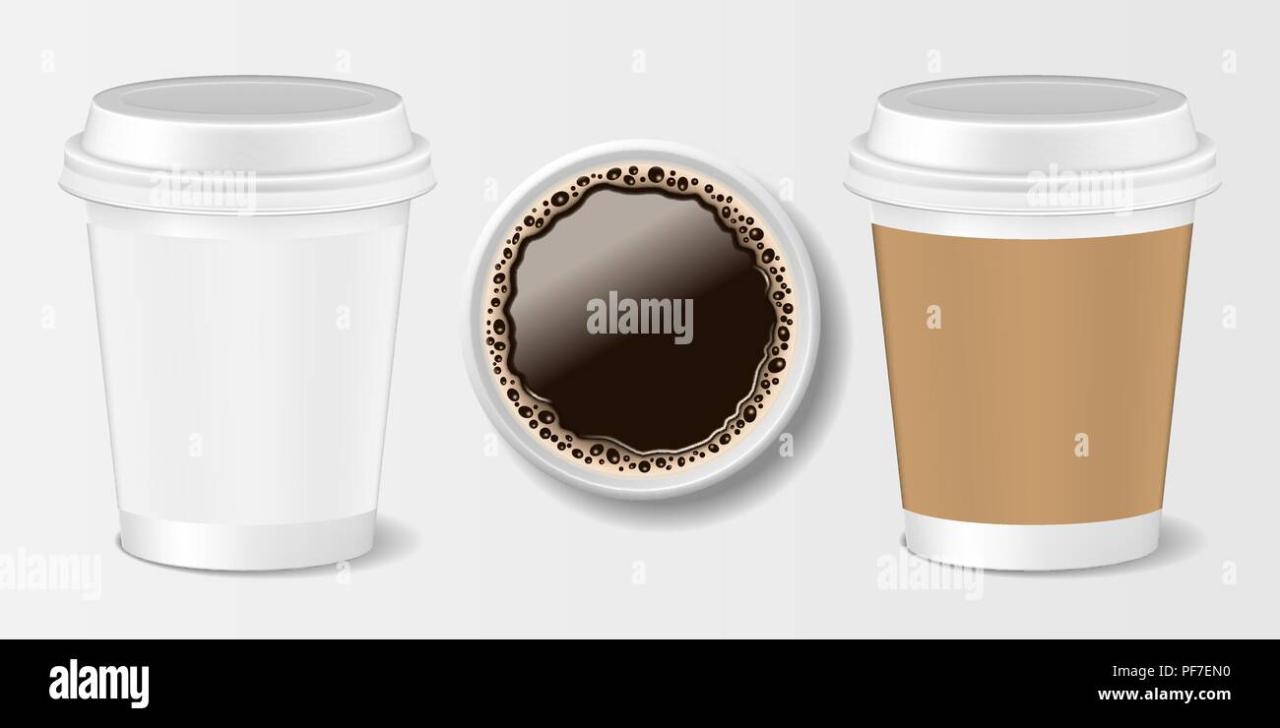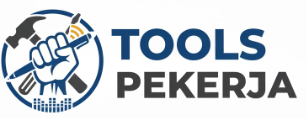Top Food Delivery Apps in 2025 Best Deals Discounts and Payment Options for Smart Buyers sets the stage for this enthralling narrative, offering readers a glimpse into a story that is rich in detail and brimming with originality from the outset. In a world where convenience is king, food delivery apps have revolutionized the way we dine. As we look ahead to 2025, these platforms are poised to enhance user experience with innovative deals, discounts, and flexible payment options that cater to the savvy consumer.
The competition among food delivery services is expected to intensify, resulting in better offerings for customers. From gourmet meals to grocery deliveries, the race to capture market share will drive companies to provide attractive incentives that make ordering food a delightful experience. Whether you’re a busy professional, a parent juggling multiple responsibilities, or just someone looking to enjoy a cozy night in, understanding the best options available will help you make informed choices.
In food today’s fast-paced world, staying connected and informed is more important than ever. With the rise of technology, communication has transformed dramatically, shaping how we interact, share information, and build relationships. This article explores the various dimensions of modern communication, its evolution, and its impact on our daily lives.To begin with, let’s take a step back in time. Traditional forms of communication primarily revolved around face-to-face interactions, letters, and telegraphs.
These methods, while effective, had significant limitations in terms of speed and reach. The advent of the telephone in the late 19th century marked a monumental shift, allowing people to connect instantly over long distances. It was a game-changer in bridging gaps between family members, friends, and business associates.As technology advanced, so did our means of communication. The introduction of the internet in the late 20th century brought about another revolution.
Suddenly, information was just a click away. Email emerged as a powerful tool for not only personal communication but also for businesses to communicate with clients and partners efficiently. The ability to send messages across the globe in seconds transformed the landscape of both personal and professional interactions.With the internet’s growth came social media platforms. Facebook, Twitter, Instagram, and LinkedIn, among others, have reshaped how we share our lives and connect with others.
These platforms have blurred the lines between personal and professional communication, allowing users to curate their online personas. Social media’s immediacy enables people to share updates, opinions, and experiences with a wide audience, fostering a sense of community that transcends geographical boundaries.One of the significant advantages of modern communication is its ability to foster inclusivity. People from diverse backgrounds can connect and share their stories, leading to a richer understanding of different cultures and perspectives.
This has been particularly evident during global events, where social media has served as a platform for activism, awareness, and solidarity. Movements like #MeToo and Black Lives Matter have gained momentum through online support, proving that communication can drive social change.However, with the benefits of modern communication also come challenges. The rise of misinformation and fake news is a pressing concern in today’s digital landscape.
The speed at which information spreads can lead to the dissemination of false narratives, creating confusion and distrust among the public. As a result, media literacy has become an essential skill, enabling individuals to discern credible sources from unreliable ones.Additionally, the omnipresence of communication technology has impacted our mental health. While staying connected can foster a sense of belonging, it can also lead to feelings of anxiety and loneliness.
The pressure to maintain an online presence and the constant barrage of notifications can be overwhelming. It’s crucial for individuals to find a balance between their online and offline lives, ensuring that technology enhances rather than detracts from their well-being.The workplace has also undergone a transformation due to advancements in communication technology. Remote work has become increasingly popular, facilitated by tools like Zoom, Slack, and Microsoft Teams.

These food platforms allow teams to collaborate seamlessly, regardless of their physical location. However, remote communication comes with its own set of challenges, such as misinterpretation of tone and the difficulty of building rapport without face-to-face interactions. Employers must prioritize clear communication and foster a sense of community to maintain productivity and morale among remote team members.Looking to the future, the evolution of communication technology shows no signs of slowing down.
Innovations like virtual reality (VR) and augmented reality (AR) are set to create more immersive communication experiences. Imagine attending a virtual meeting where participants feel as if they are in the same room, despite being thousands of miles apart. These advancements will further enhance collaboration and open up new possibilities for connection.Moreover, artificial intelligence (AI) is playing a pivotal role in shaping communication tools.
AI-driven chatbots are becoming commonplace in customer service, providing instant responses and support to users. This technology can streamline communication processes and improve efficiency, allowing human agents to focus on more complex tasks that require empathy and understanding.In conclusion, the landscape of communication is ever-evolving, driven by technological advancements that have transformed how we connect with one another. While the benefits are vast, it’s essential to remain vigilant about the challenges that accompany these changes.
By food fostering media literacy, prioritizing mental health, and embracing new technologies mindfully, we can harness the power of modern communication to build a more connected and understanding world. As we look ahead, the possibilities are endless, and the future of communication holds exciting prospects that will undoubtedly shape our interactions for years to come.





